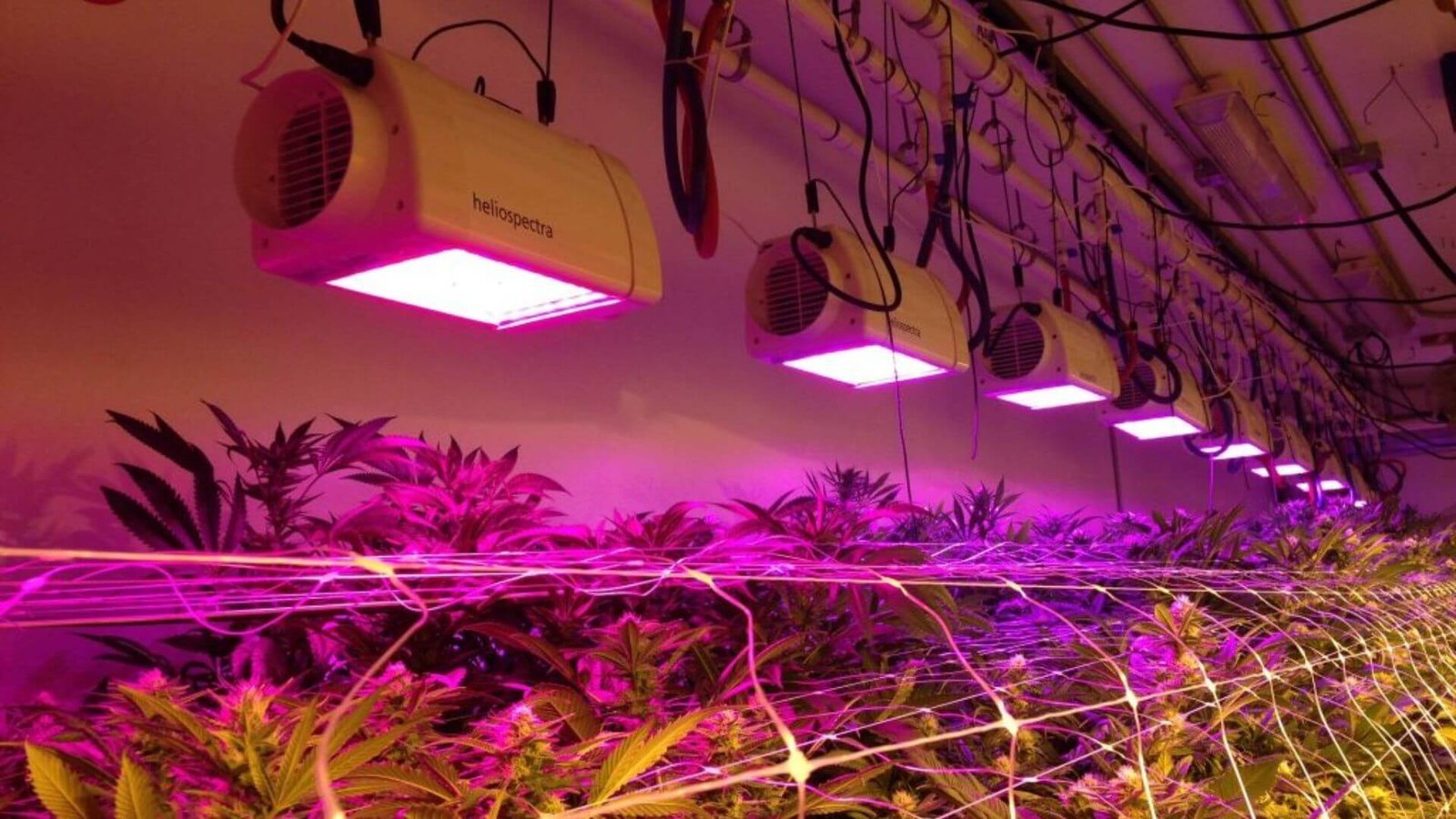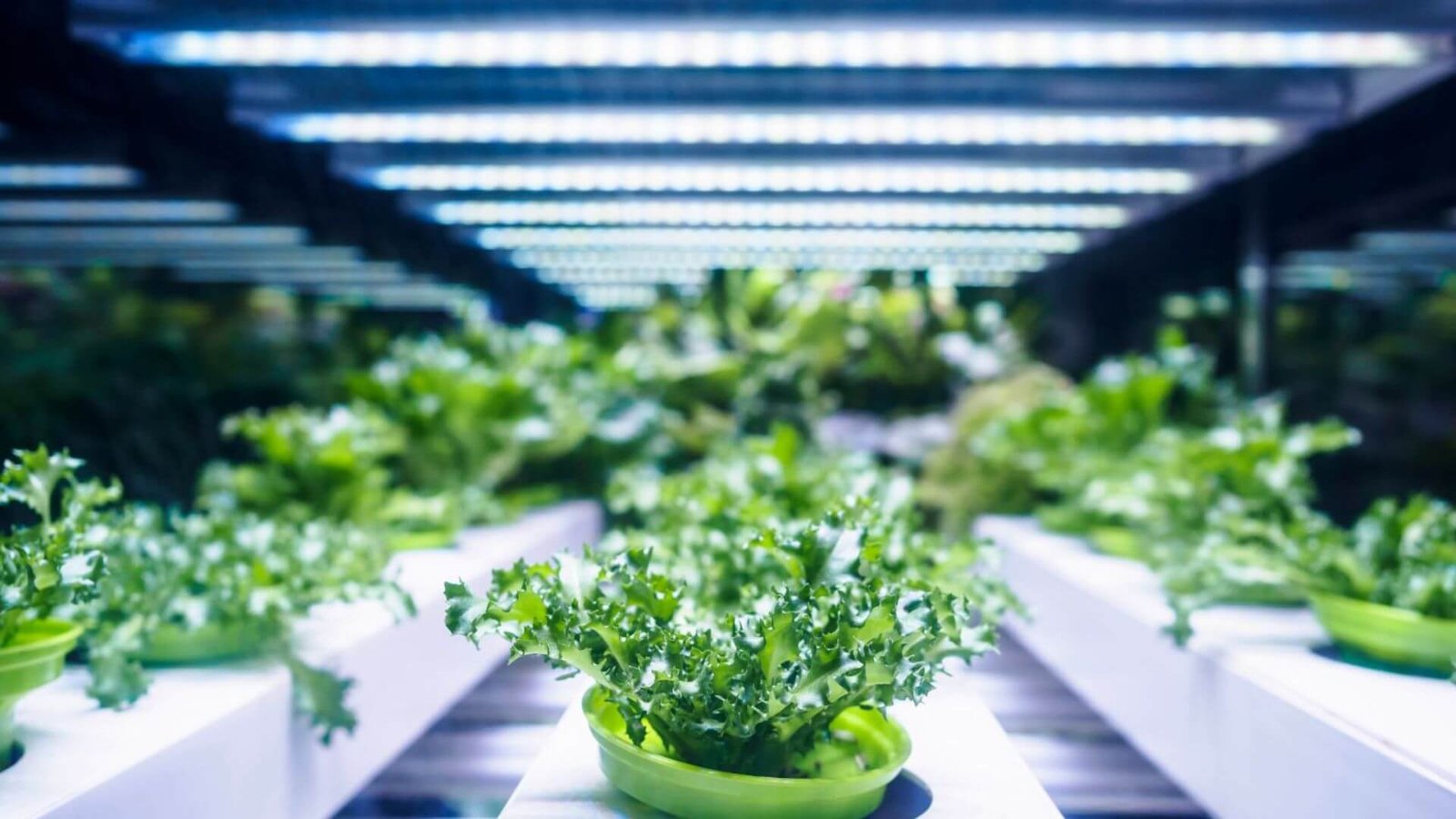Plant growth lights refers to the cultivation and development of plants using LED (Light Emitting Diode) grow lights as the primary light source. LED lights emit specific wavelengths of light that are essential for photosynthesis and plant growth. When used correctly, LED lights can effectively support and promote plant growth, even in indoor or low-light environments.

LED lights are highly energy-efficient, converting a higher percentage of electrical energy into usable light. This energy efficiency translates to reduced electricity consumption and lower operating costs compared to traditional lighting sources. LED lights allow for precise control over the light spectrum emitted.
What are the benefits of plant growth Lights ?
LED lights provide several benefits for plant growth compared to other lighting options:
- Targeted Light Distribution: LED lights can be designed to emit light in specific directions, enabling targeted light distribution to the plant canopy. This ensures that plants receive light evenly, minimizing shading and promoting balanced growth throughout the plant.
- Reduced Heat Output: LED lights generate significantly less heat compared to traditional lighting options like incandescent or fluorescent bulbs. The lower heat output reduces the risk of heat damage to plants and allows the lights to be placed closer to the foliage without causing harm.
- Long Lifespan: LED lights have an impressive lifespan, often ranging from 50,000 to 100,000 hours of usage. This longevity reduces the need for frequent bulb replacements, providing cost savings and convenience for indoor gardeners.
- Customizable Light Intensity and Duration: LED lights often come with features such as dimmers or programmable timers, allowing growers to adjust the light intensity and duration according to the specific needs of their plants.
What are the top tips for maximizing plant growth with LED lights?
To maximize plant growth with LED lights, here are some top tips to consider:
- Understand Plant Lighting Requirements: Different plant species have specific lighting requirements. Research and understand the optimal light intensity, duration, and spectrum preferences for the plants you are growing. This knowledge will guide you in selecting the appropriate LED lights and creating the ideal lighting environment.
- Choose the Right LED Lights: Select high-quality LED grow lights that provide the necessary light spectrum and intensity for your plants. Look for lights specifically designed for horticultural applications, as they are optimized to support plant growth.

- Determine Light Intensity and Placement: Measure and adjust the light intensity based on your plants’ requirements. Use a light meter to ensure the light intensity matches the recommended levels for the specific growth stage.
- Optimize Light Spectrum: Customize the light spectrum emitted by the LED lights to match the needs of your plants. During the vegetative growth stage, plants typically benefit from a higher proportion of blue light, while red light is more important during flowering and fruiting stages.
There might be too many service providers out there but choosing the right one amongst them is truly essential in terms of the LED lights. So, make sure to go through the official website of Leizur which serves you an augmented solution.


